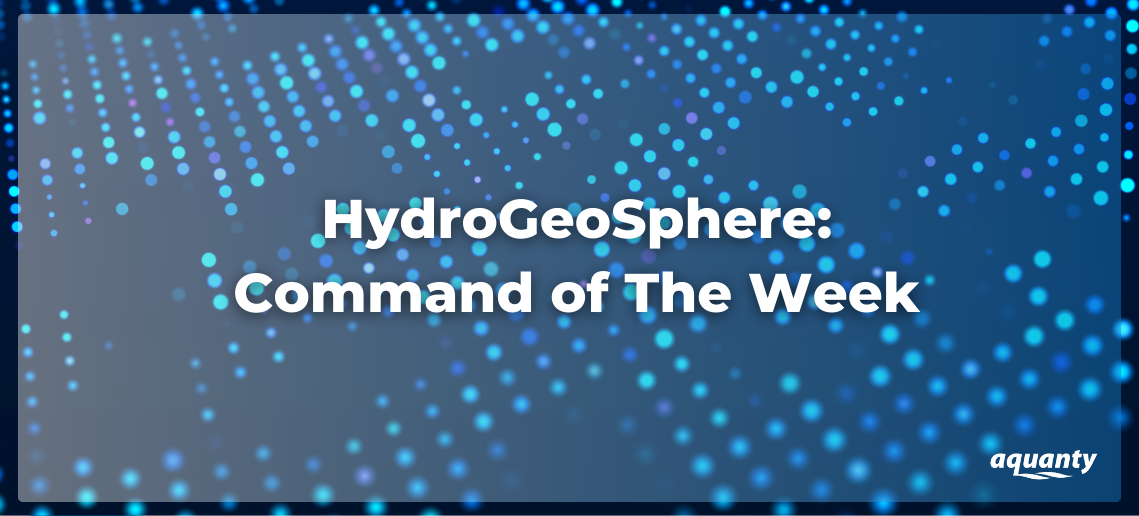

HGS RESEARCH HIGHLIGHT – Predicting Watershed Scale Surface Water Quality Targets With a Combined Fully-Integrated Groundwater-Surface Water Model and Machine Learning Approach
The poster highlights some very interesting research at the nexus of physics based integrated hydrologic modelling (using HydroGeoSphere) and machine learning/artificial intelligence techniques. Here the authors have paired an HGS model of the South Nation Watershed (SNW) with a Random Forest (RF) algorithm trained to predict spatially varying concentrations of nitrate and E. Coli throughout the watershed. For a completely novel approach toward large scale water quality prediction, the results were very encouraging!

HGS RESEARCH HIGHLIGHT – Simulating fully-integrated hydrological dynamics in complex Alpine headwaters: potential and challenges
Alpine areas are inherently difficult to model, with large elevation gradients (steep, rugged terrain), complex geology and highly variable weather conditions, but nevertheless a satisfactory model calibration was achieved. The model incorporated fully integrated surface/groundwater flow, evapotranspiration processes, and dynamic snowmelt (using an energy balance-based representation of snow processes), all underpinned by a detailed 3D geological model.



Boundary Condition: Reservoir with Spillway
The February 2022 release of HydroGeoSphere (Revision 2356) introduced an advanced boundary condition: the reservoir with spillway. This new feature builds upon the basic reservoir boundary condition, offering enhanced control over water release in your models. With parameters for surcharge reservoir storage, spillway discharge rates, and gate discharge, this boundary condition simulates complex hydraulic operations with greater precision. Unlike the basic reservoir BC, which relies solely on time-value tables, the reservoir with spillway incorporates inflow hydrographs, spillway discharge, and overflow discharge mechanisms, making it an invaluable tool for realistic water management scenarios.

HGS RESEARCH HIGHLIGHT - Integrated surface-subsurface water and solute modeling of a reclaimed in-pit oil sands mine: Effects of ground freezing and thawing
The HydroGeoSphere model presented here was able to successfully simulate the water balance and water quality response of the reclaimed landforms, and the results indicate that the impact of winter processes (i.e., pore-water freeze/thaw) on infiltration and surface runoff are significant. Including freeze-thaw resulted in reduced infiltration during spring melt and reduced salt loading during winter. In total, a 20% reduction of chloride mass release (over an 8-year period) was simulated when freeze-thaw processes were included in the simulations. These results provide a strong argument for the inclusion if winter processes and coupled heat dynamics for detailed studies of integrated hydrologic processes in the Athabasca Oil Sands region.


HGS RESEARCH HIGHLIGHT – A hybrid approach for integrated surface and subsurface hydrologic simulation of baseflow with Iterative Ensemble Smoother
This paper introduces the development of an integrated model for the South Québec region where low-flow processes are of primary concern. In this publication, HydroGeoSphere is used with a surface water mass balance module in order to reduce computational cost, enabling the use of mathematically rigorous, ensemble-based methods to support a calibration-constrained predictive uncertainty analysis.


